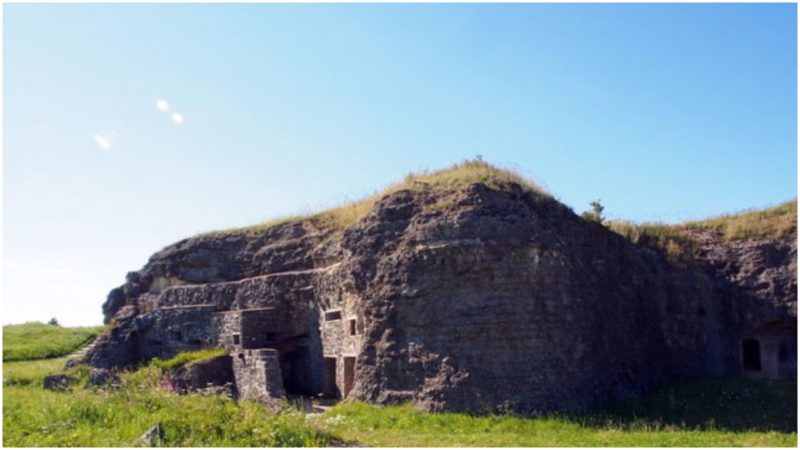It was built to protect a small city in northeastern France by the name of Verdun. But history has it that German soldiers captured it without major difficulties and that it took the French nine months, or almost 300 days, to gain it back. A period that took countless lives, and will remain forever remembered as the Battle of Verdun.
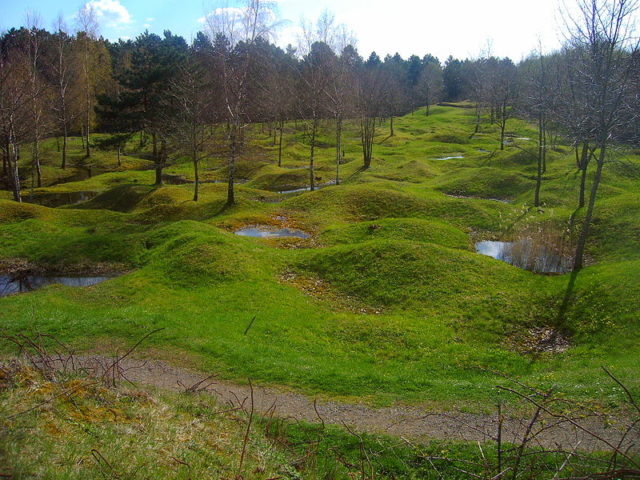
The building of the fort began in 1885. The location chosen for it was close to Douaumont, a village in northeastern France that was destroyed during the First World War, and where more than 100,000 soldiers that died in the Battle of Verdun are laid to rest – all of them unknown.
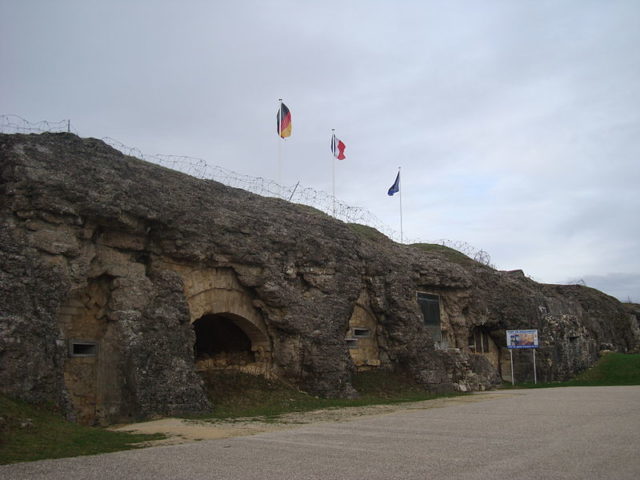
Over the years, the fort itself went through a number of renovations and extensions that lasted until 1913. Once completed, the fort spread across 7.4 acres and was around 1,300 feet in length. It was a true fortress, that even went as deep as two stories underground. These levels were built to last, for up 40 feet of reinforced concrete protected it from direct bomb hits.
Fort Douaumont was equipped with 155mm and 75mm gun turrets that were mounted on rotating platforms all around the fort. The entrance stood to the back of the fort. The way it was built, the fort would have been able to withstand the devastating blows of the German Big Bertha, the same gun was used to cripple a number of Belgian forts.
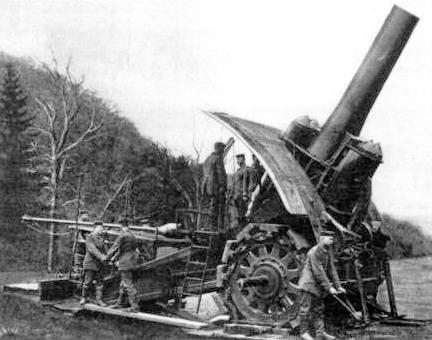
But fear got the upper hand. Once General Joffre realized what the German guns were capable of doing, as demonstrated by a number of annihilated forts, he gave out an order for the garrison at Fort Douaumont to be substantially reduced. The order was carried out, and almost all of the weaponry at the fort was dismantled.
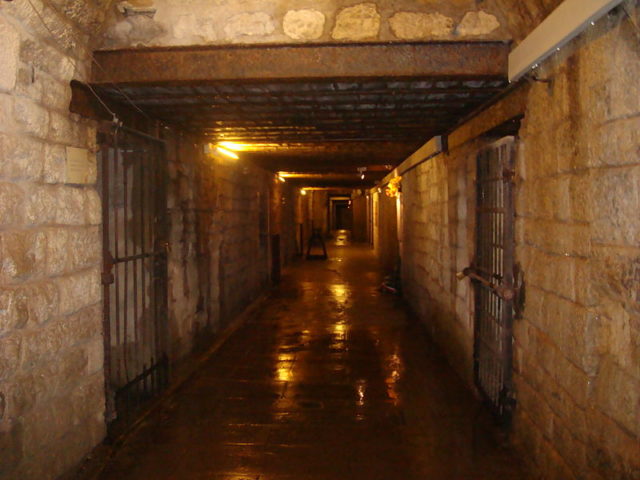
Most of the soldiers that remained in the fort were reservists in their middle age. It was February 21, 1916, when the German Army made an advance and with it started the Battle of Verdun. It took the German Army just three days to advance further and closer to Fort Douaumont – the most crucial link in the defense chain of Verdun – and on the February 24, they came within a stone’s throw.
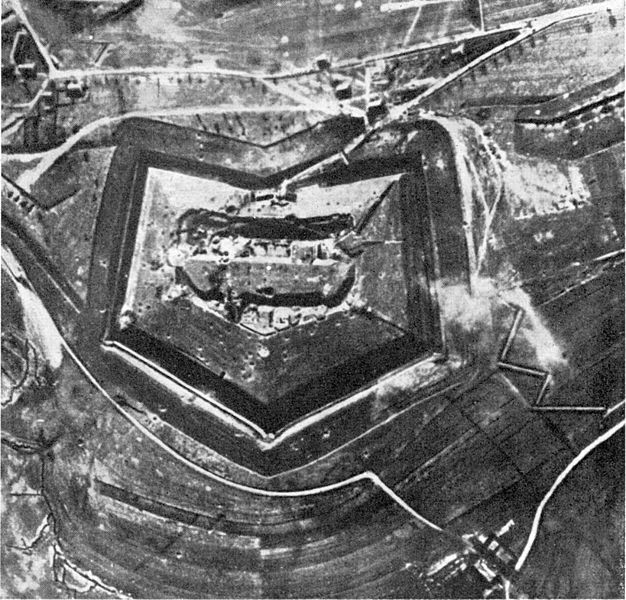
At that time, there were around 54 soldiers inside the fort and not a single officer. One day later, on February 25, the Germans began the bombardment of the fort. At this point, most of the soldiers went underground to protect themselves.
The Germans slowly approached the fort, and once they found that it was pretty much unmanned, managed to capture it. They continued to occupy Fort Douaumont for some time. On May 8, 1916, a fire caused by some of the soldiers ripped through the tunnels of the fort killing 679 soldiers.
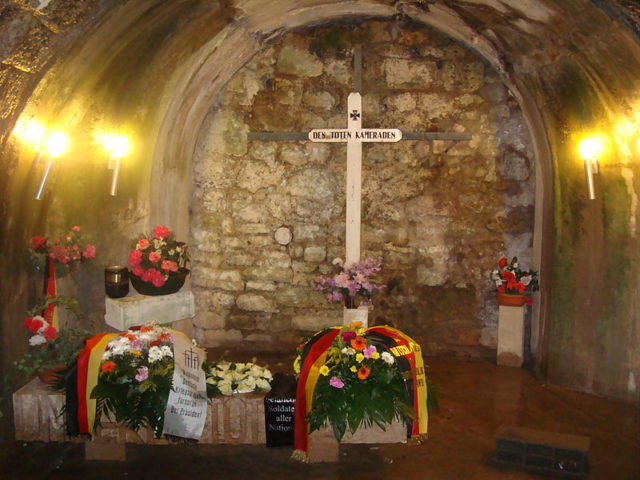
Their remains once gathered were buried inside the fort in one of the tunnels, behind a wall. It was at the end of May in 1916 when the French soldiers made an attempt to regain what had once belonged to them.
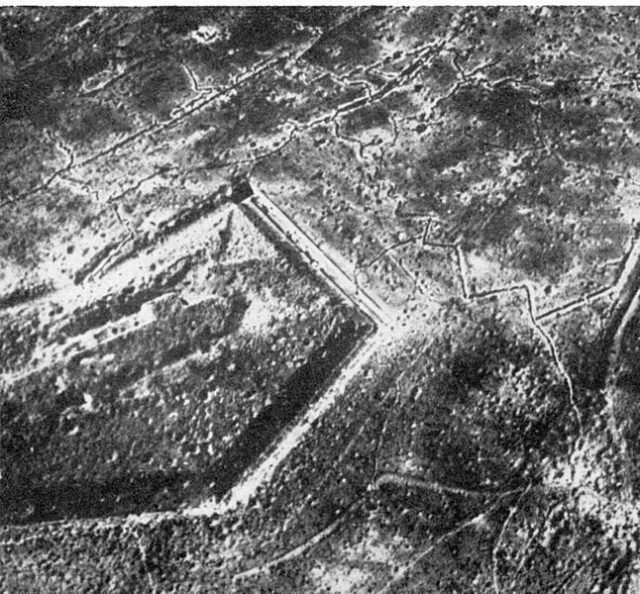
They recaptured and for 36 hours held on to the western part of the fort, but were eventually forced to retreat. The Germans remained in control the fort until October 24, 1916, when it was taken over by the Regiment of Colonial Infantry of Morocco. Thousands of soldiers died in the process of regaining the fort.
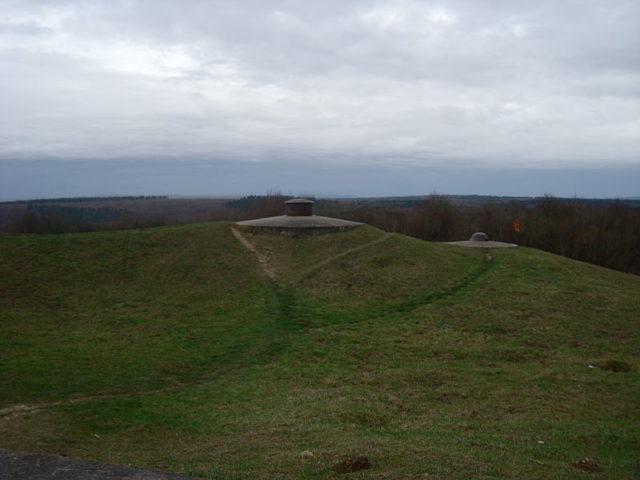
The whole Battle of Verdun produced more than 700,000 casualties. The fort itself is part of what is known as Zone Rouge, an area that the French authorities decided to isolate after the war for it was devastated beyond repair. Farming and housing in this area are forbidden; the bodies of thousands of soldiers are still in the soil and a great number of unexploded shells and grenades are scattered all around the battlefields.
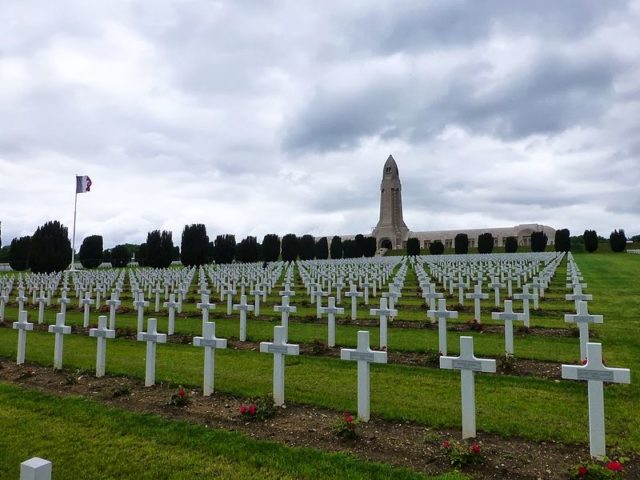
The fort and the zone itself and the scars that they wear in stone, concrete, and dirt serve as a monument for all those who never made it past 1916, for the thousands that died, both known and unknown.
